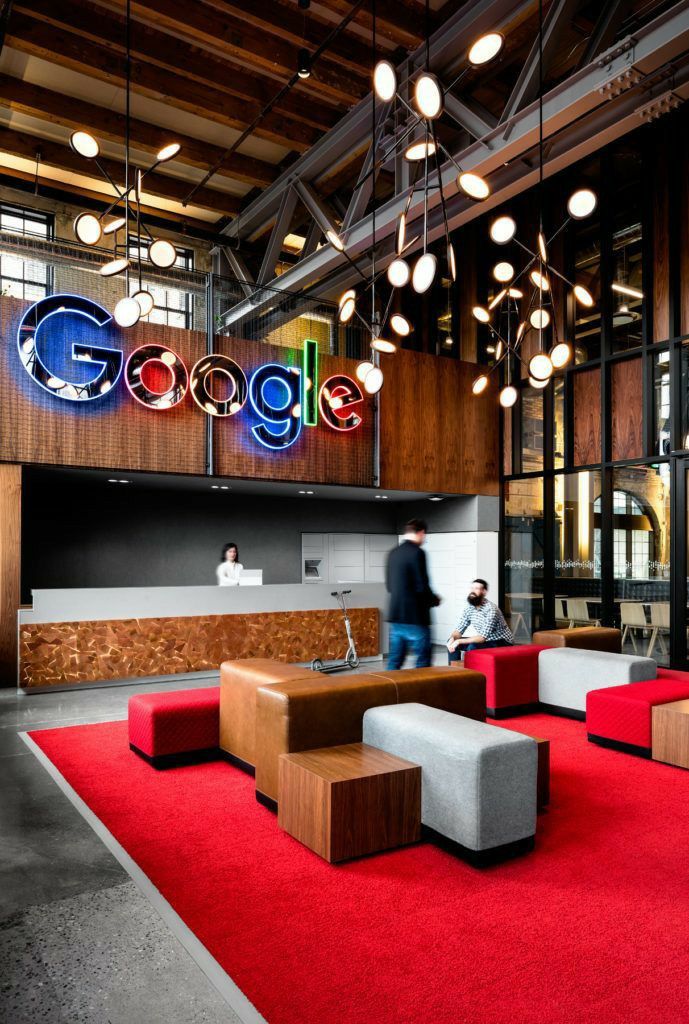
Introduction Google: The Birth of a Search Revolution
What began as a PhD research project in 1996 became the most influential tech company of the digital age. Google’s journey from a Stanford dorm room to Alphabet Inc. represents one of technology’s greatest success stories, fundamentally changing how we access information, communicate, and do business worldwide.
Chapter 1: The Stanford Years (1995-1998)
The Founders Meet
- 1995: Larry Page arrives at Stanford, assigned to show Sergey Brin around
- Initial clashes over ideas, but shared interest in data organization
- Both come from academic families (Page’s father a CS professor, Brin’s a math professor)
Backrub: The Search Prototype
- Original name for Google’s algorithm
- Key innovation: PageRank system analyzing backlinks
- Ran on Stanford servers, using 10GB of bandwidth daily (half the university’s capacity)
First Funding & Incorporation
- 1998: $100,000 check from Sun Microsystems co-founder Andy Bechtolsheim
- Officially incorporated September 4, 1998 in a Menlo Park garage
- Early motto: “Don’t be evil”
Chapter 2: The Dot-Com Boom (1998-2001)
Early Search Dominance
- Simple, fast results vs. cluttered competitors like Yahoo
- 1999: Processes 3M searches/day
- 2000: Launches AdWords (pay-per-click ads)
Key Early Hires
- Marissa Mayer (Employee #20, first female engineer)
- Eric Schmidt joins as CEO (2001)
- Urs Hölzle designs first server farms
Infrastructure Breakthroughs
- Develops custom servers from cheap PCs
- Creates distributed computing architecture
- By 2001: Indexes 3 billion web pages
Chapter 3: Going Public & Expanding (2001-2010)
The IPO That Changed Everything
- August 19, 2004: Goes public at $85/share
- Unusual Dutch auction system
- Raises $1.67B, values company at $23B
Product Explosion
- 2004: Gmail (1GB free storage shocked the industry)
- 2005: Google Maps/Google Earth
- 2006: YouTube acquisition ($1.65B)
- 2008: Chrome browser launches
Mobile Revolution
- 2005: Acquires Android Inc. for $50M
- 2008: HTC Dream (first Android phone)
- 2010: Nexus program begins
Chapter 4: The Alphabet Era (2015-Present)
Corporate Restructuring
- 2015: Creates Alphabet as parent company
- Sundar Pichai becomes Google CEO
- Other “bets” become separate divisions
Major Acquisitions
- 2014: DeepMind ($500M)
- 2017: HTC smartphone team ($1.1B)
- 2021: Fitbit ($2.1B)
Financial Growth
| Year | Revenue | Employees |
|---|---|---|
| 2004 | $3.2B | 3,000 |
| 2010 | $29.3B | 24,400 |
| 2023 | $307B | 182,500 |
Chapter 5: Google Today – Core Business Units
Advertising Empire
- $237B in ad revenue (2023)
- Powers 90% of internet searches
- Display network reaches 90% of web users
Cloud Computing
- Google Cloud: $33B annual revenue
- #3 provider behind AWS/Azure
- Key clients: Spotify, Snapchat, PayPal
Hardware Division
- Pixel phones (10M+ units annually)
- Nest smart home products
- Pixel Watch & Tablet lines
Chapter 6: AI & Future Technologies
AI Leadership
- Google Brain (2011) and DeepMind merge
- Gemini AI competes with ChatGPT
- 300+ AI products/services deployed
Moonshot Projects
- Waymo (self-driving cars)
- Verily (health tech)
- Project Loon (balloon internet)
Challenges & Controversies
Regulatory Issues
- $8B+ in EU fines (antitrust cases)
- US v. Google monopoly trial (2023)
Workplace Culture
- High-profile walkouts (2018)
- Return-to-office conflicts
Conclusion: The Next 25 Years
From search to AI, Google continues shaping our digital future. With $110B annual R&D spending and dominance in:
✅ Search
✅ Mobile (Android)
✅ Video (YouTube)
✅ Browser (Chrome)
The company that began as Backrub remains the most powerful force in tech.














2 thoughts on “Google: From Garage Startup to Global Tech Empire”